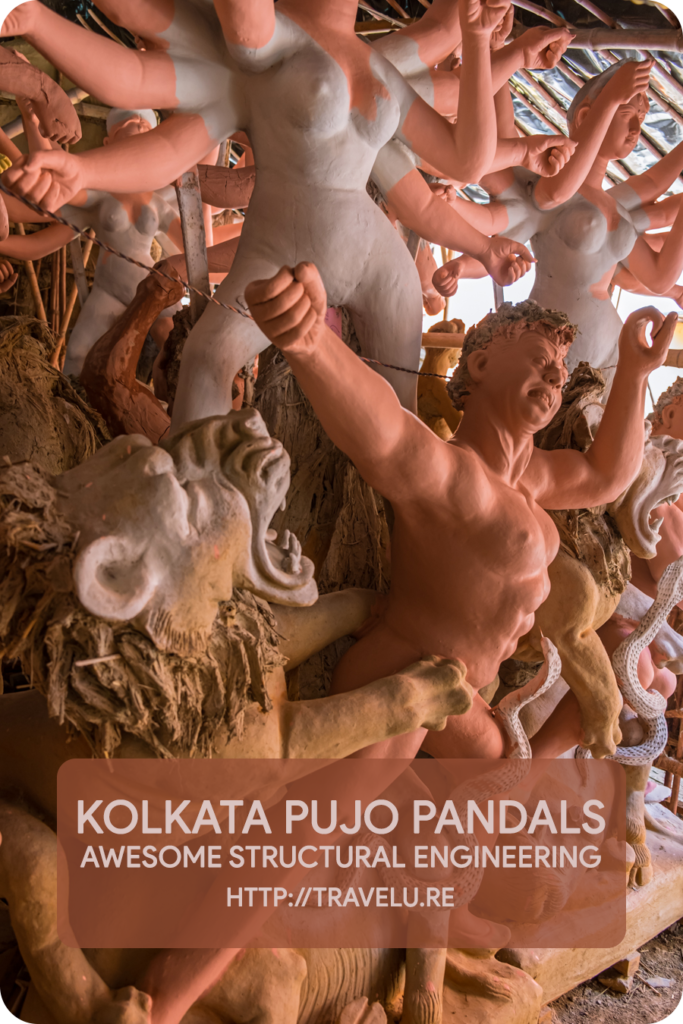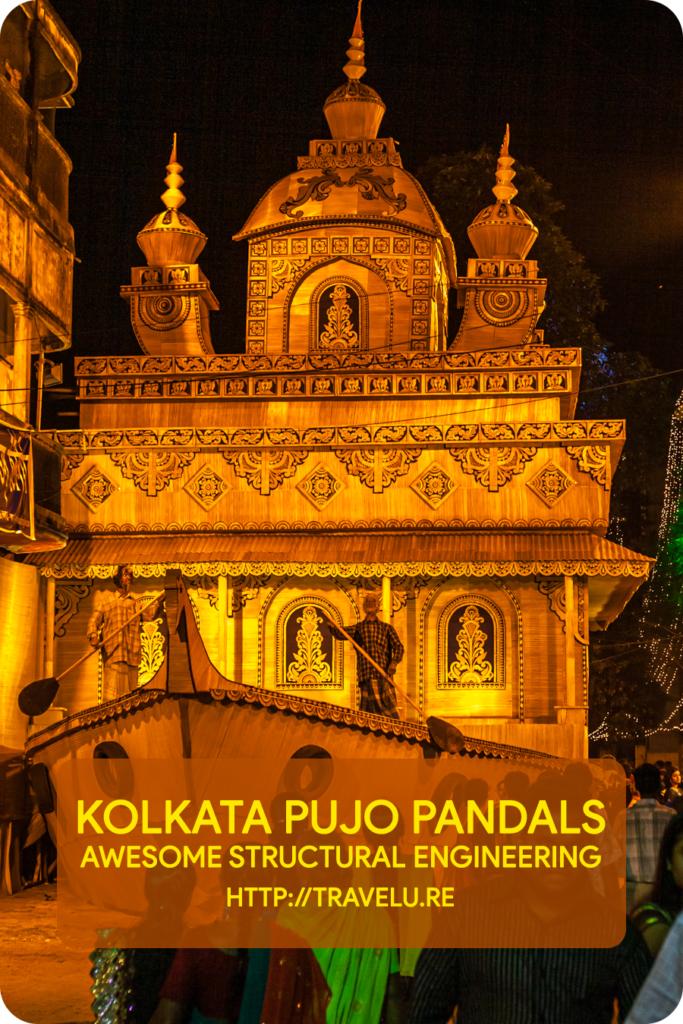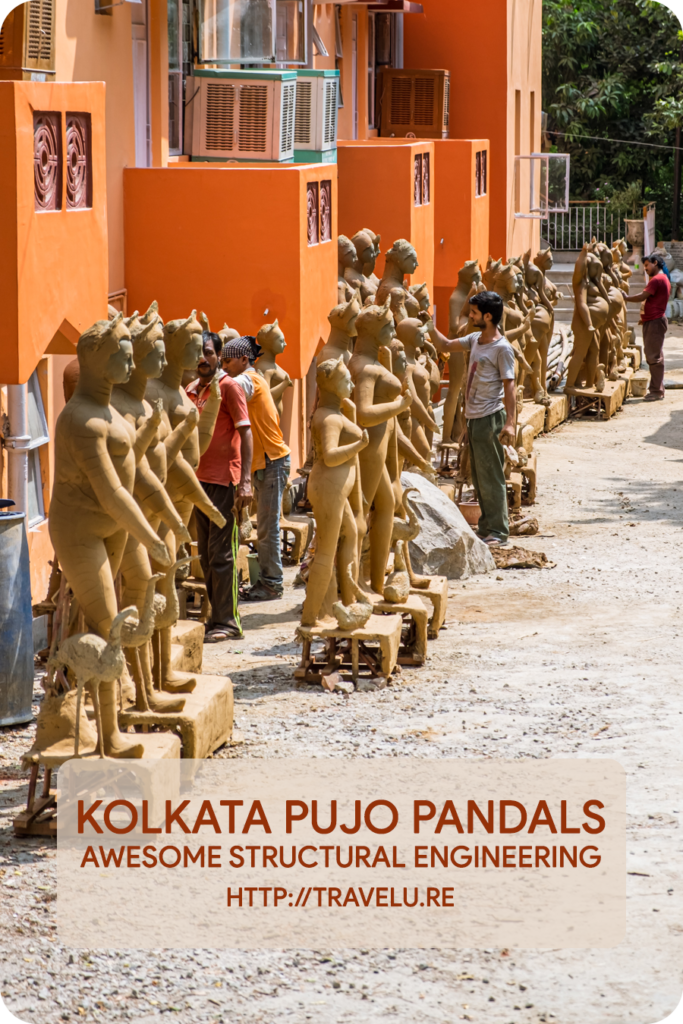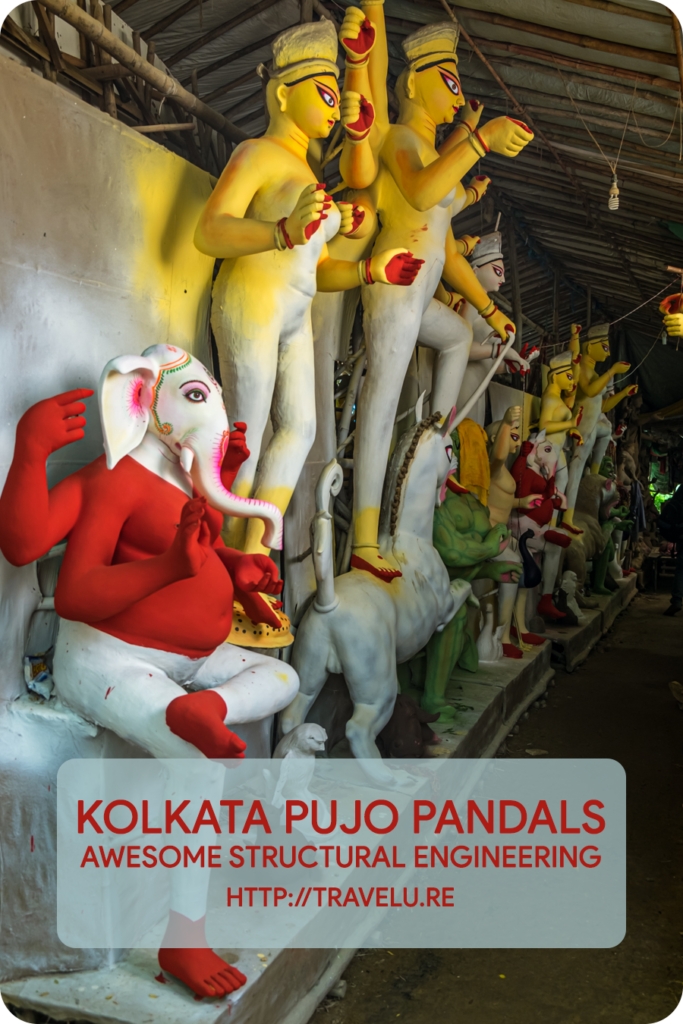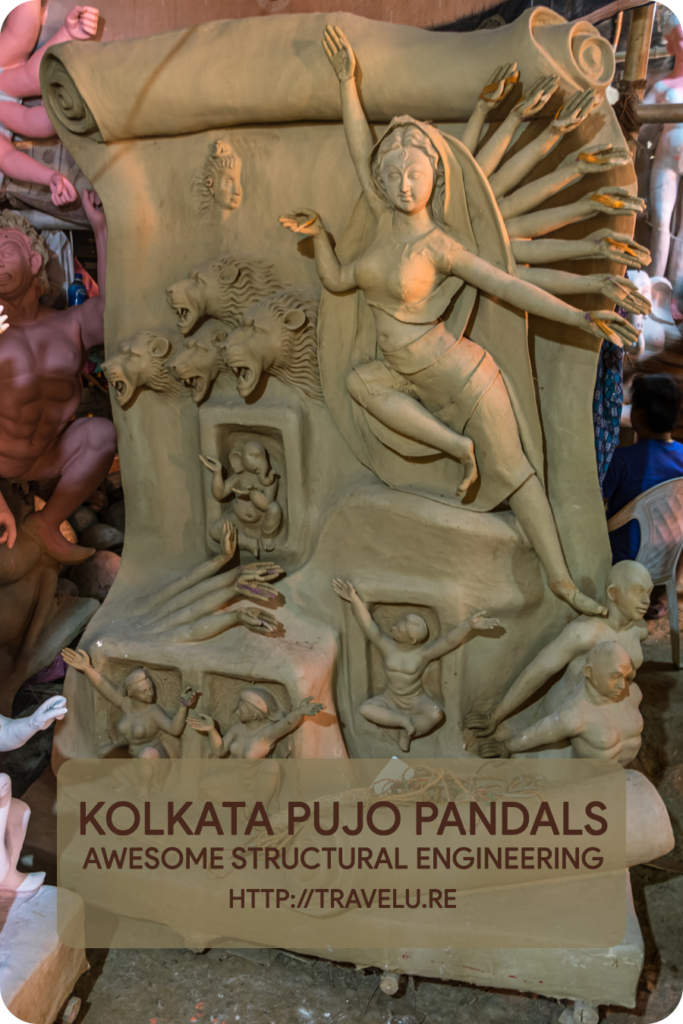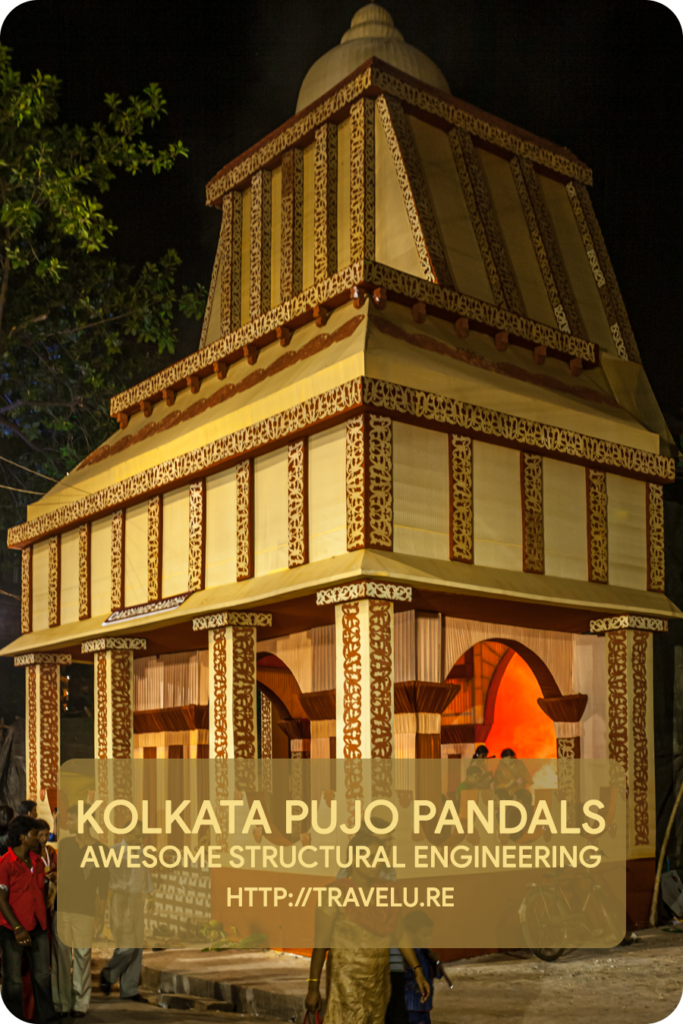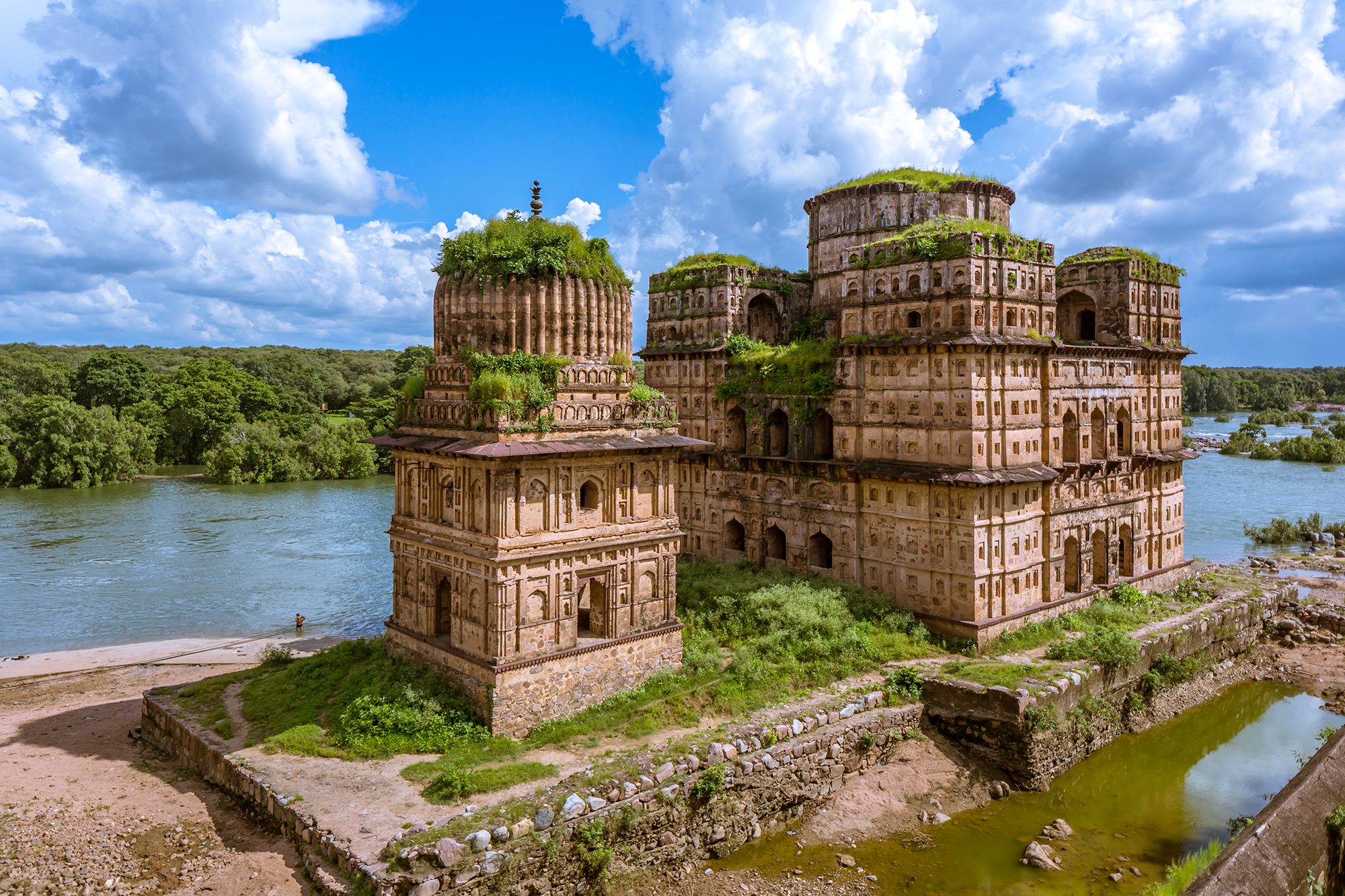Kolkata Pujo Pandals – Awesome Structural Engineering
This week, India is celebrating Navaratri, a 9-day celebration. While some states call it Navaratri, or Dussehra, in West Bengal, they call it Durga Puja (prayer) or just Pujo. Countrywide, Bengalis of all faiths and beliefs celebrate Pujo with great gusto. Most of them travel back to West Bengal for this 9-day period, of which the last 5 days are the most important. Those who cannot, turn their localities into mini-Kolkata.
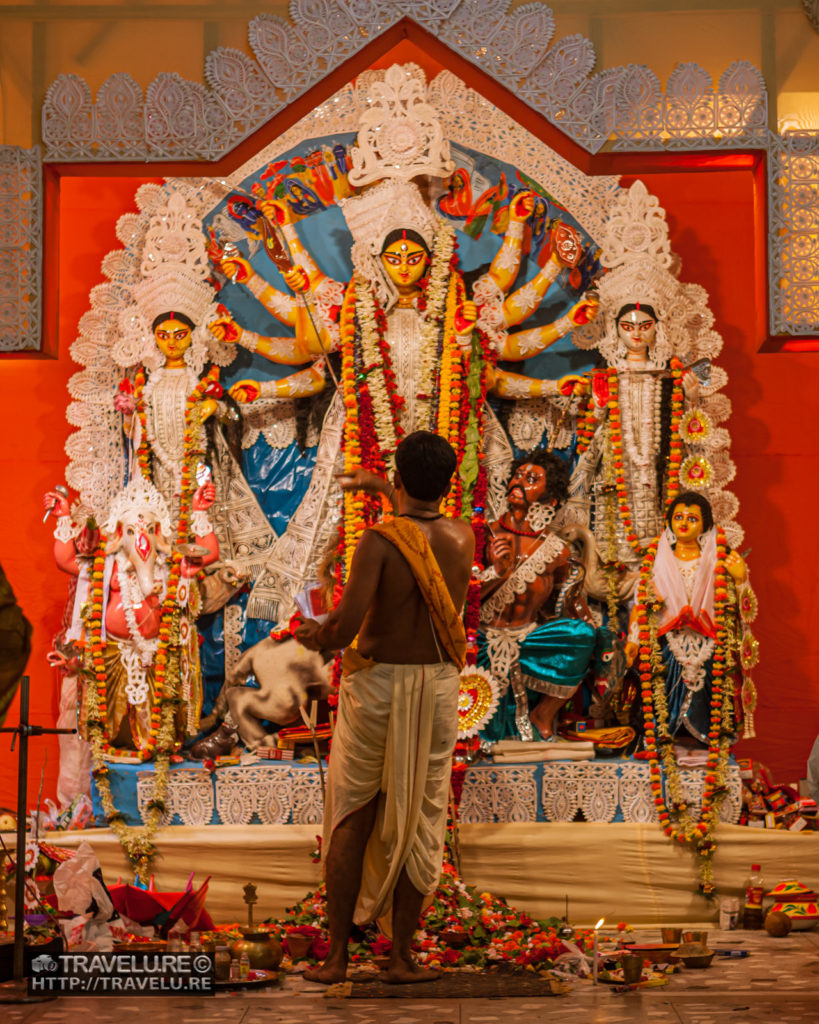
What is so special about Pujo? The festival celebrates the victory of good over evil or Goddess Durga’s victory over the demon Mahishasur. But, while this is the genesis of this celebration, its manifestation galvanises every narrow by-lane of West Bengal’s state capital, Kolkata!
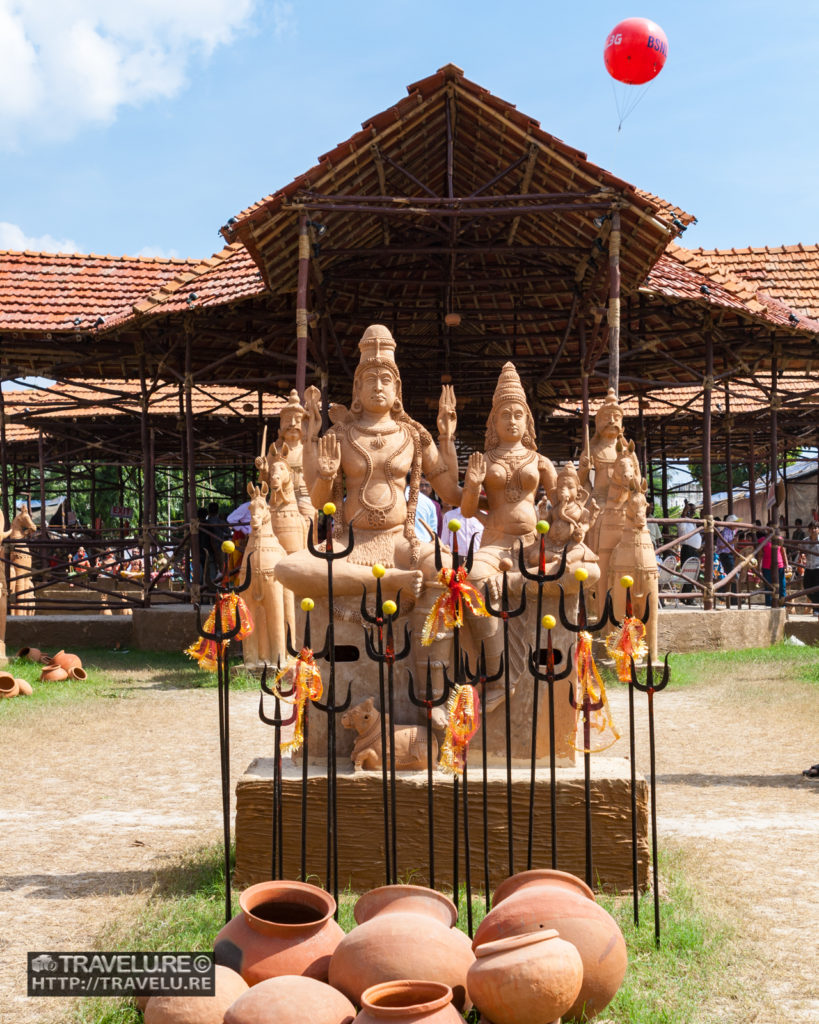
Pujo Pandals
Each locality creates a temporary celebratory pavilion, called a pandal. The affluence of the locality and the funds available for celebrations determine the size and structure of the pandal. Over the years, Kolkata localities have modelled their pandals after Eiffel Tower, Chateau Versailles, White House, Burj Khalifa, Sydney Opera House, Lotus Temple, and more. The image below is of a pandal modelled after the Paris Music Academy.
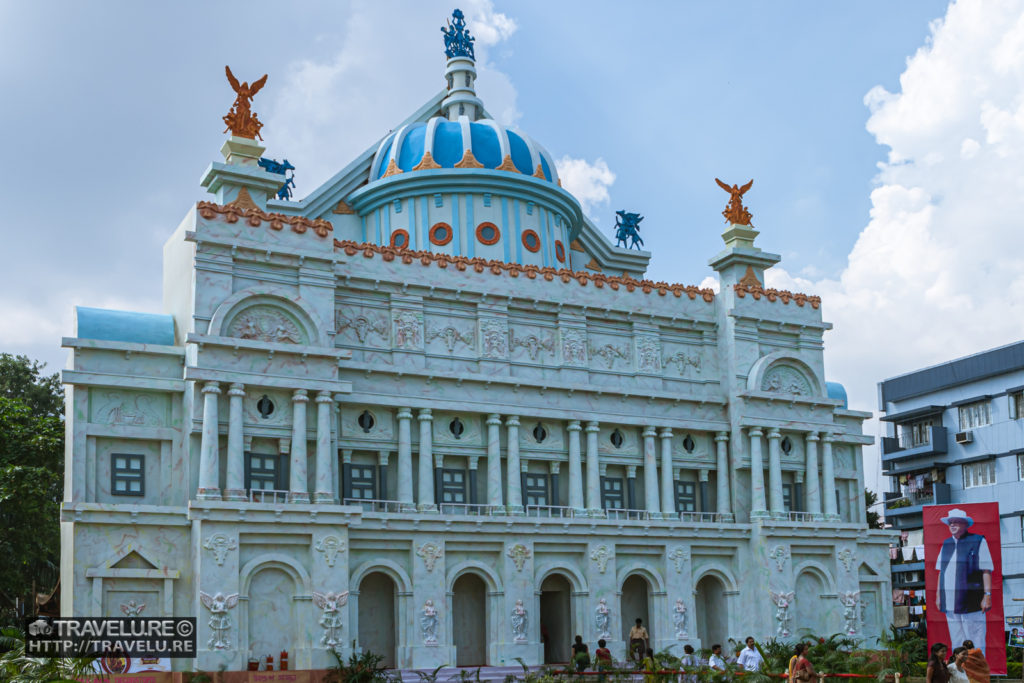
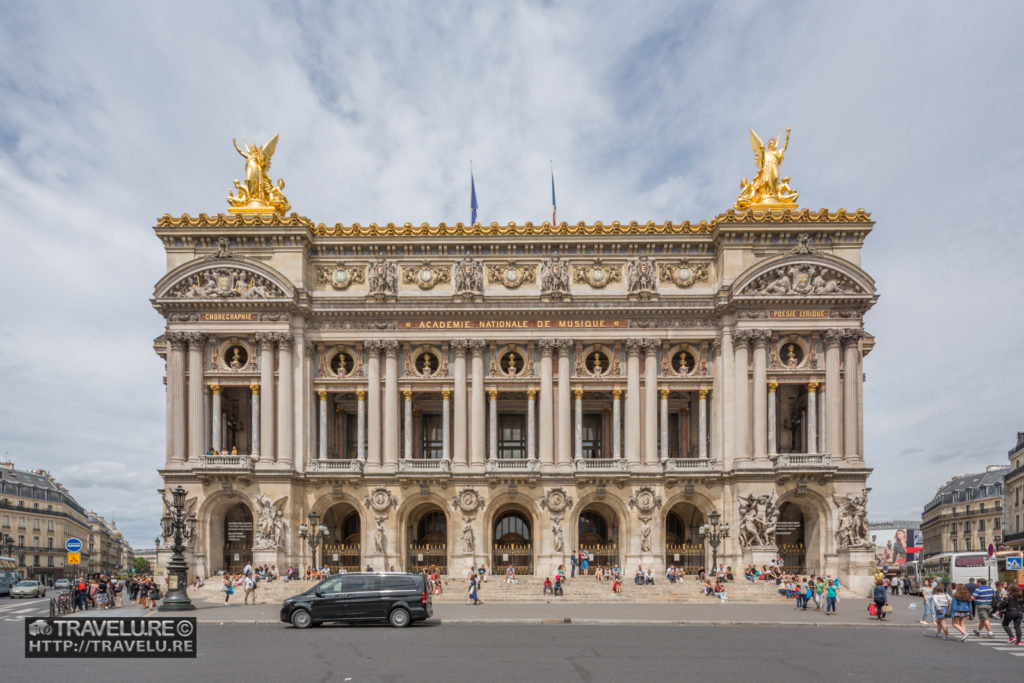
Preparations for pandals begin weeks in advance and happen in two parts – the pandal structure, and the idols that are installed for the festival. Both crafts require different expertise. The pandal creation requires the craftsmen to have basic knowledge of structural engineering, even though they have no engineering background, and the idol-making requires the artisan to be a superlative sculptor.
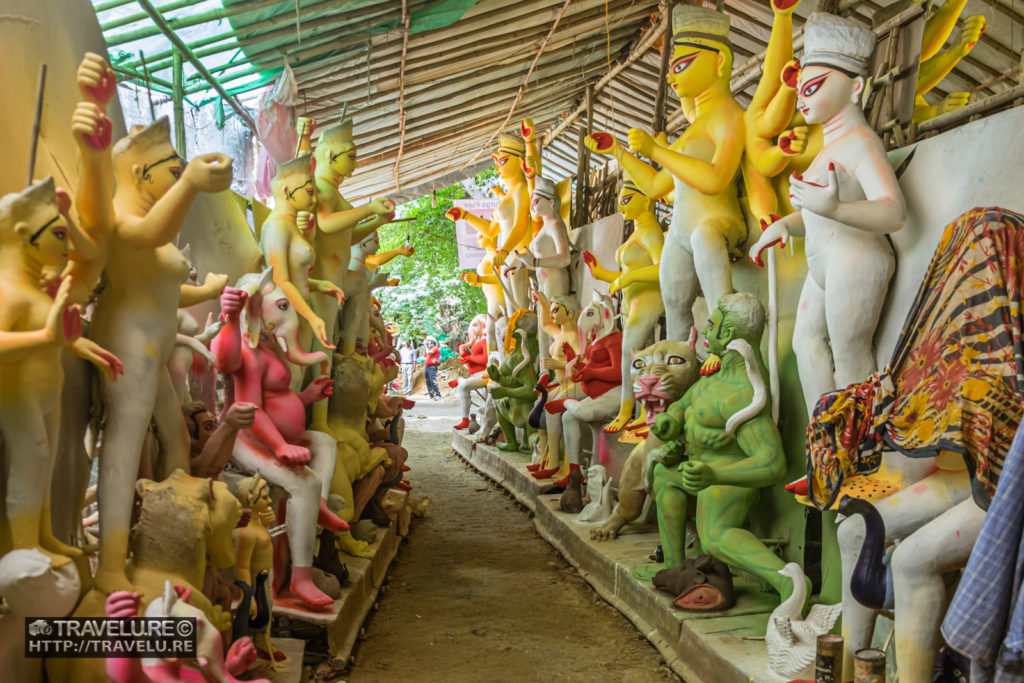
The craftsmen use bamboo, wooden frames, ropes, papier mâché, cardboard, plywood, and many more similar unbelievable materials to create the superstructure of a pandal, some of them as high as a four-storey building! Once the structure is ready, specialist painters do the paint job to make the pandal look realistic, in a surreal way.
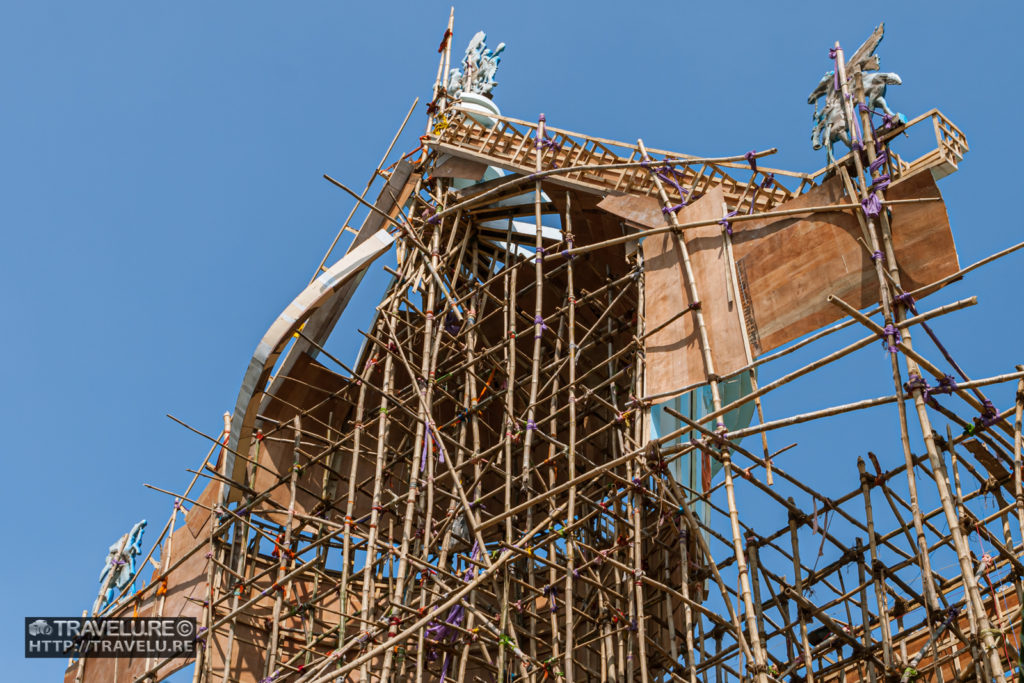
The idol makers stick to the detail. From the body shapes to the ornamentation of the idol, they create most stuff with clay, shola pith (sponge wood plant, or cork tree), or papier mâché.
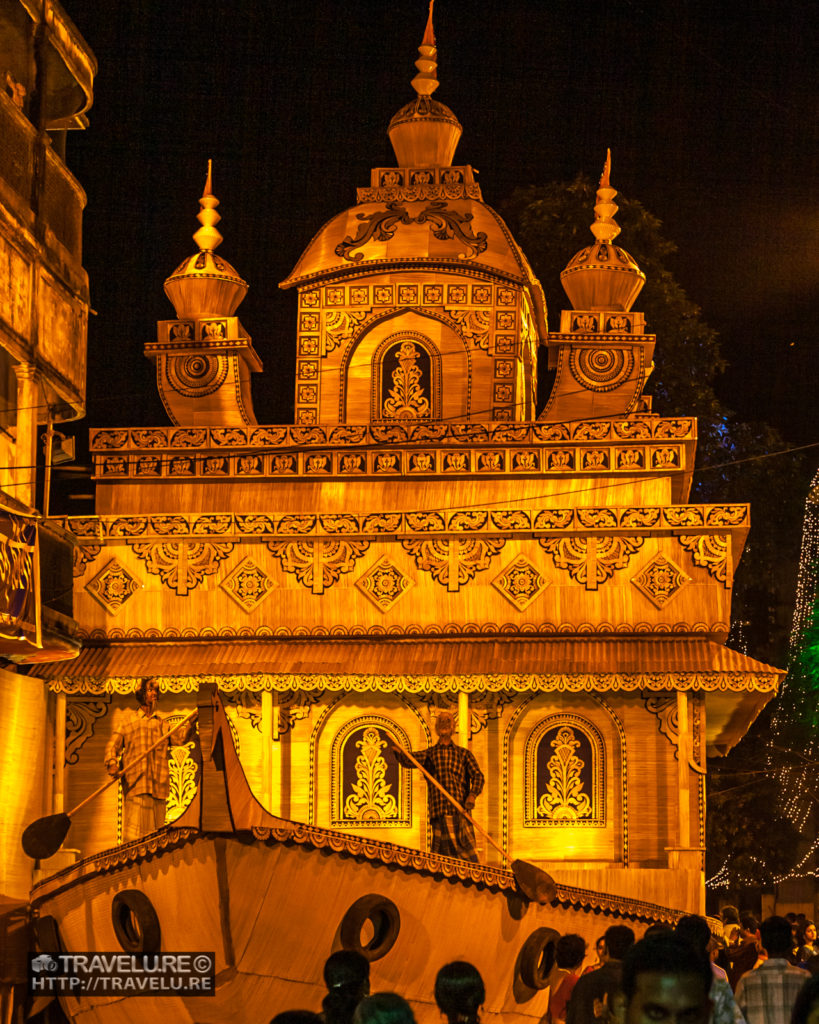
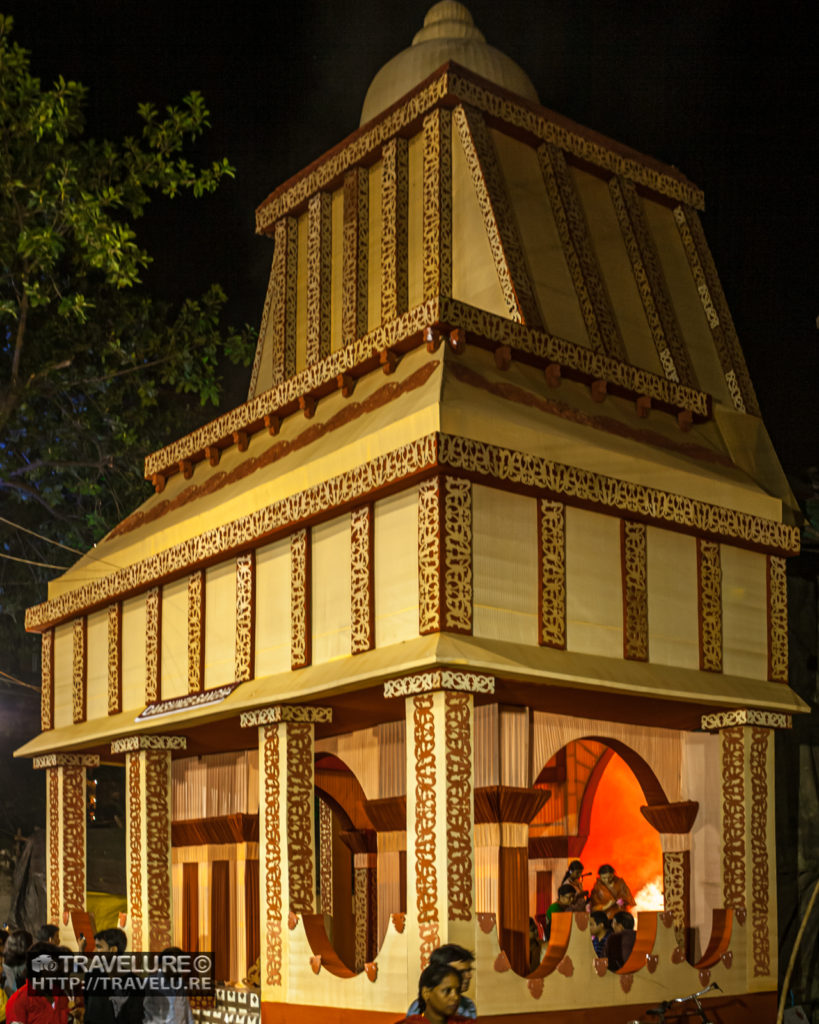
Sharad Shamman
In the early 1980s, around Pujo time, Asian Paints briefed its advertising agency, Ogilvy, to come up with a corporate campaign to increase its market share. During brainstorming, the agency felt that with hundreds of pandals springing up across Kolkata, it left people wondering which one is worth a visit. They felt people may like an unbiased recommendation about which pandals were awesome.
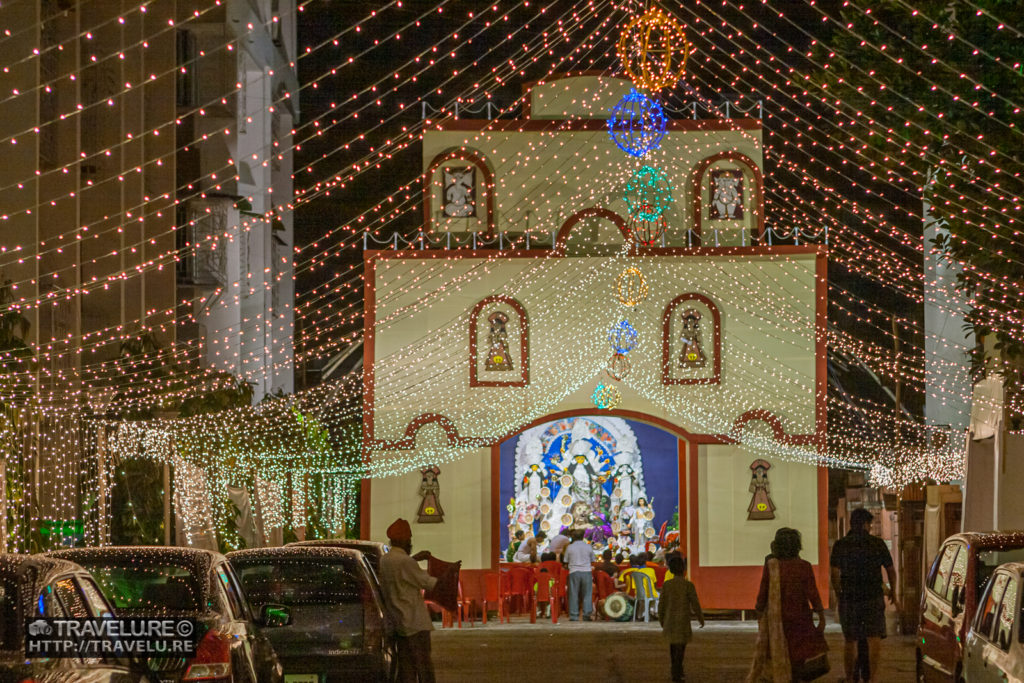
So, instead of an advertising campaign, the agency proposed a competition that would award the best pandal in Kolkata. They named it Sharad Shamman (Winter Award). Kolkata people loved the idea. Asian Paints was no longer an outsider. Kolkatans embraced the brand. And, that award made Asian Paints a market leader in just a couple of years.
Ever since, the company has been running this competition. Today, like Pujo, even Sharad Shamman has become a fixture Kolkata looks forward to. If you can, visit some pandals like New Alipore Suruchi Sangha, Naktala Udayan Sangha, or Barisha Club, famous for winning top spot often and get awed by the structural engineering feat the craftsmen create every year!
Pin these crafty creations!
